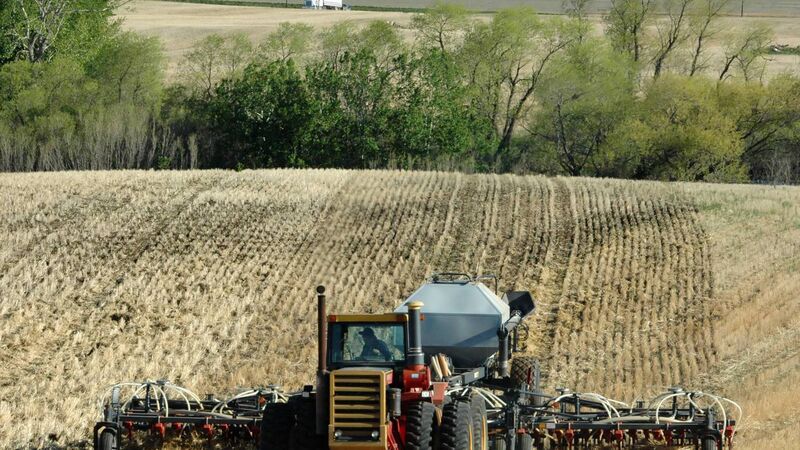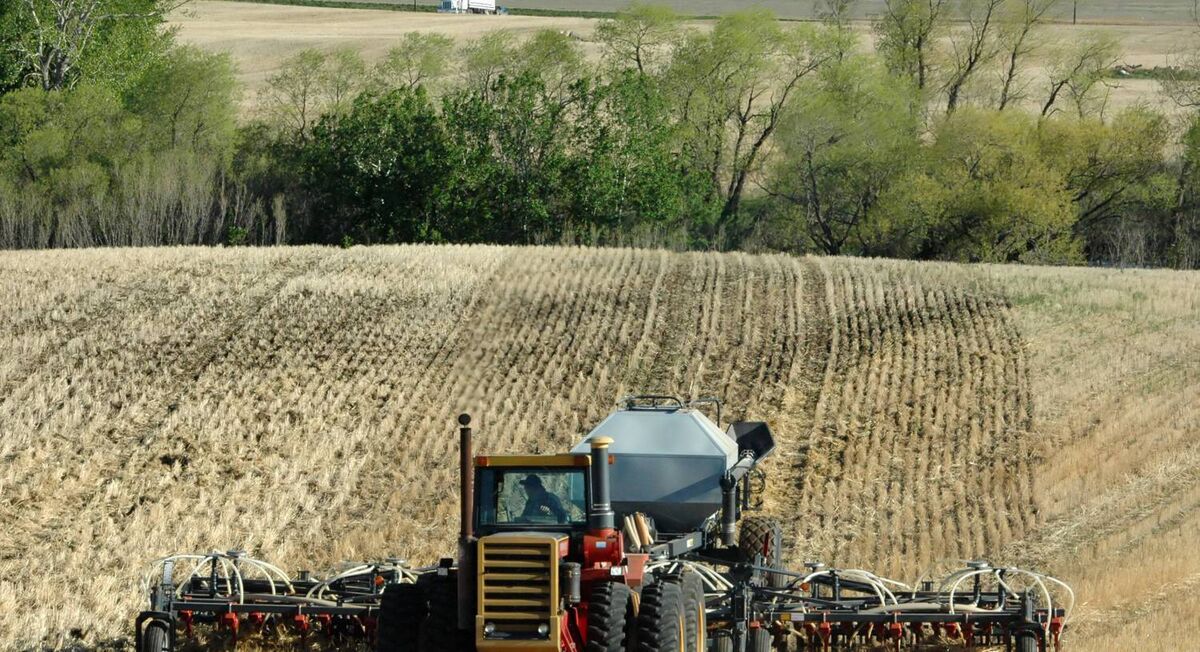Be a carbon hero; buy sequestration credits from a farmer


Some farmers in the USA have been netting about $13 an acre per year, in payments for storing carbon dioxide in soils.
Try from €1.50 / week
SUBSCRIBE
Some farmers in the USA have been netting about $13 an acre per year, in payments for storing carbon dioxide in soils.
Newsletter
Keep up-to-date with all the latest developments in Farming with our weekly newsletter.
Newsletter
Keep up-to-date with all the latest developments in Farming with our weekly newsletter.
Newsletter
Sign up to the best reads of the week from irishexaminer.com selected just for you.
Newsletter
Keep up with stories of the day with our lunchtime news wrap and important breaking news alerts.
Monday, November 17, 2025 - 1:00 AM
Monday, November 17, 2025 - 4:00 AM
Sunday, November 16, 2025 - 9:00 PM
© Examiner Echo Group Limited